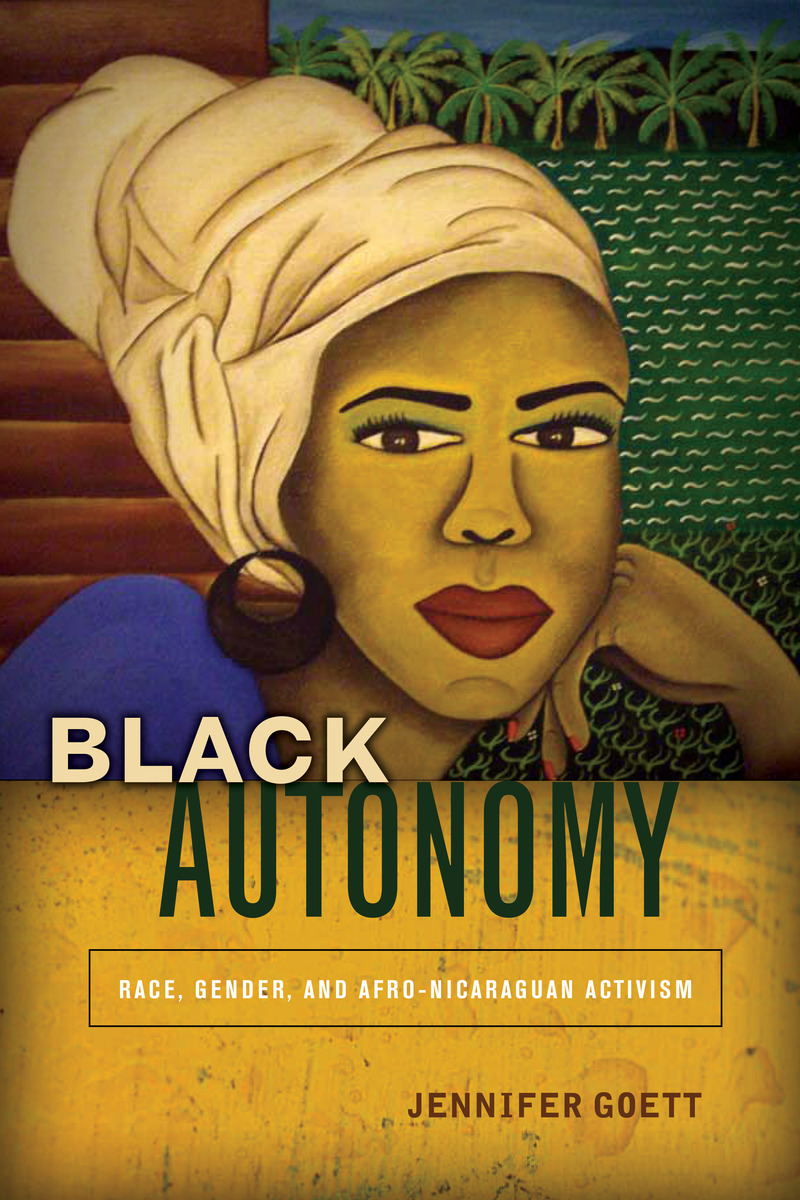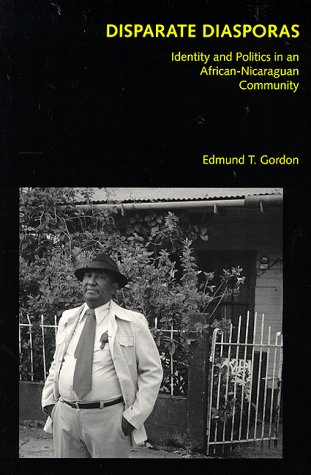A Rising Voice: Afro-Latin Americans
Miami Herald
2007-06-10 through 2007-06-24
In this series, the black experience is unveiled through a journey: to Nicaragua, where a quiet but powerful civil and cultural rights movement flickers while in neighboring Honduras, the black Garffuna community fights for cultural survival; to the Dominican Republic where African lineage is not always embraced; to Brazil, home to the world’s second largest population of African descent; to Cuba, where a revolution that promised equality has failed on its commitment to erase racism; and to Colombia, where the first black general serves as an example of Afro-Latin American achievements.
Part 1: Nicaragua and Honduras: Afro-Latin Americans: A rising voice
Audra D.S. Burch
A close-up look at a simmering civil rights movement in a tiny port settlement along Nicaragua’s Atlantic Coast.
…To appreciate the story of race here, is to understand the kaleidoscopic legacy of slavery, the historic demonization and denial of blackness and the practice of racial mixing.
This portrait is complicated by the lack of reliable census data because of traditional undercounting and because some blacks decline to identify themselves as such.
The dynamic along the coast is a layered quilt of Miskitos, mestizos and blacks. The ancestors of other Afro-Nicaraguans were free blacks who immigrated from Jamaica and other Caribbbean countries, lured by the good, steady jobs available for English speakers.
Stories abound about people who have hidden behind ambiguously brown complexions, “passing” for Miskito Indians, or mestizo.
“It’s hard to mobilize when you are still recouping the identity and just starting to openly use the term black,” says [Juliet] Hooker, the University of Texas professor whose father was a regional councilman…
Part 2: Dominican Republic: Black denial
Frances Robles
An examination on the sensitive nature of racial definition in a nation with inextricable ties to Africa.
SANTO DOMINGO—Yara Matos sat still while long, shiny locks from China were fastened, bit by bit, to her coarse hair.
Not that Matos has anything against her natural curls, even though Dominicans call that pelo malo—bad hair.
But a professional Dominican woman just should not have bad hair, she said. “If you’re working in a bank, you don’t want some barrio-looking hair. Straight hair looks elegant,” the bank teller said. “It’s not that as a person of color I want to look white. I want to look pretty.”
And to many in the Dominican Republic, to look pretty is to look less black.
Dominican hairdressers are internationally known for the best hair-straightening techniques. Store shelves are lined with rows of skin whiteners, hair relaxers and extensions.
Racial identification here is thorny and complex, defined not so much by skin color but by the texture of your hair, the width of your nose and even the depth of your pocket. The richer, the “whiter.” And, experts say, it is fueled by a rejection of anything black…
Part 3: Brazil: A Great Divide
Jack Chang
Black Brazilians speak out and push for affirmative action laws in the hemisphere’s most Africanized nation.
…And Brazilians are finally discussing race after decades of telling themselves and the rest of the world that the country was free from racism, said Sen. Paulo Paim, author of one of the pending affirmative-action bills.
“The Brazilian elite says this is not a racist country, but if you look at whatever social indicator, you’ll see exclusion is endemic,” he said. “We want to open up to more Brazilians the legitimate spaces they deserve…
…”I have never seen any evidence that suggests anything other than there’s widespread racism in Brazil,” said UCLA sociology professor Edward Telles, who studies race in Brazil…
…Black leaders also blame what they describe as decades of self-censorship about race spurred by the “racial democracy” vision of their country, which long defined Brazilian self-identity.
Preached in the early 20th century by sociologist Gilberto Freyre, the vision depicted a Brazil that was freeing itself of racism and even of the concept of race through pervasive mixing of the races…
Part 4: Cuba: A barrier for Cuba’s blacks
Miami Herald Staff Report
Economic and political apartheid are alive in Cuba, despite a revolution launched in 1959 that promised equality.
..DISPARITY IN NUMBERS
Cuba’s official statistics offer little help on the race issue. The 2002 census, which asked Cubans whether they were white, black or mestizo/mulatto, showed 11 percent of the island’s 11.2 million people described themselves as black. The real figure is more like 62 percent, according to the Institute for Cuban and Cuban-American Studies at the University of Miami.
And the published Census figures provide no way at all to compare blacks and whites in categories like salary or educational levels. Ramón Colás, who left Cuba in 2001 and now runs an Afro-Cuba race-relations project in Mississippi, said he once carried out his own telling survey: Five out of every 100 private vehicles he counted in Havana were driven by a Cuban of color.
The disparity between the census’ 11 percent and UM’s 62 percent also reflects the complicated racial categories in a country where if you look white you are considered white, no matter the genes.
“You know, there are seven different types of blacks in Cuba,” said Denny, who now works as a waiter but dreams of a hip-hop career. From darkest to lightest, they are: negro azul, prieto, moreno, mulato, trigueño, jabao and blanconaso…
Part 5: Achievers: Racism takes many hues
Leonard Pitts, Jr.
An overview on the achievement of black leaders in the region. And a personal essay by Miami Herald columnist Leonard Pitts Jr.
…Which brings us back to that earnestly debated question: Who is black?
A COMPLEX MATTER
The question is more complex than an American might believe. In Brazil, a nation of indigenous peoples and descendants of African slaves, European colonists and immigrants, a dark-skinned man who might automatically be called black elsewhere has a racial vocabulary that allows him to skirt the Africa in his heritage altogether. He can call himself moreno (racially mixed), mestizo (colored) or pardo (medium brown). Anything but “afrodescendente” (Africa-descended) or negro (black)…
..Brazil likes to think of itself as a racial democracy, says Miriam Leitao, but that’s a delusion. She has, she says, been making that argument for 10 years and has become one of the nation’s most controversial journalists in the process.
When she writes about racism in Brazil, people tell her she’s crazy. “I don’t know how to explain the thing that, for me, is so obvious,” she says
Multimedia
Read the entire series here.



